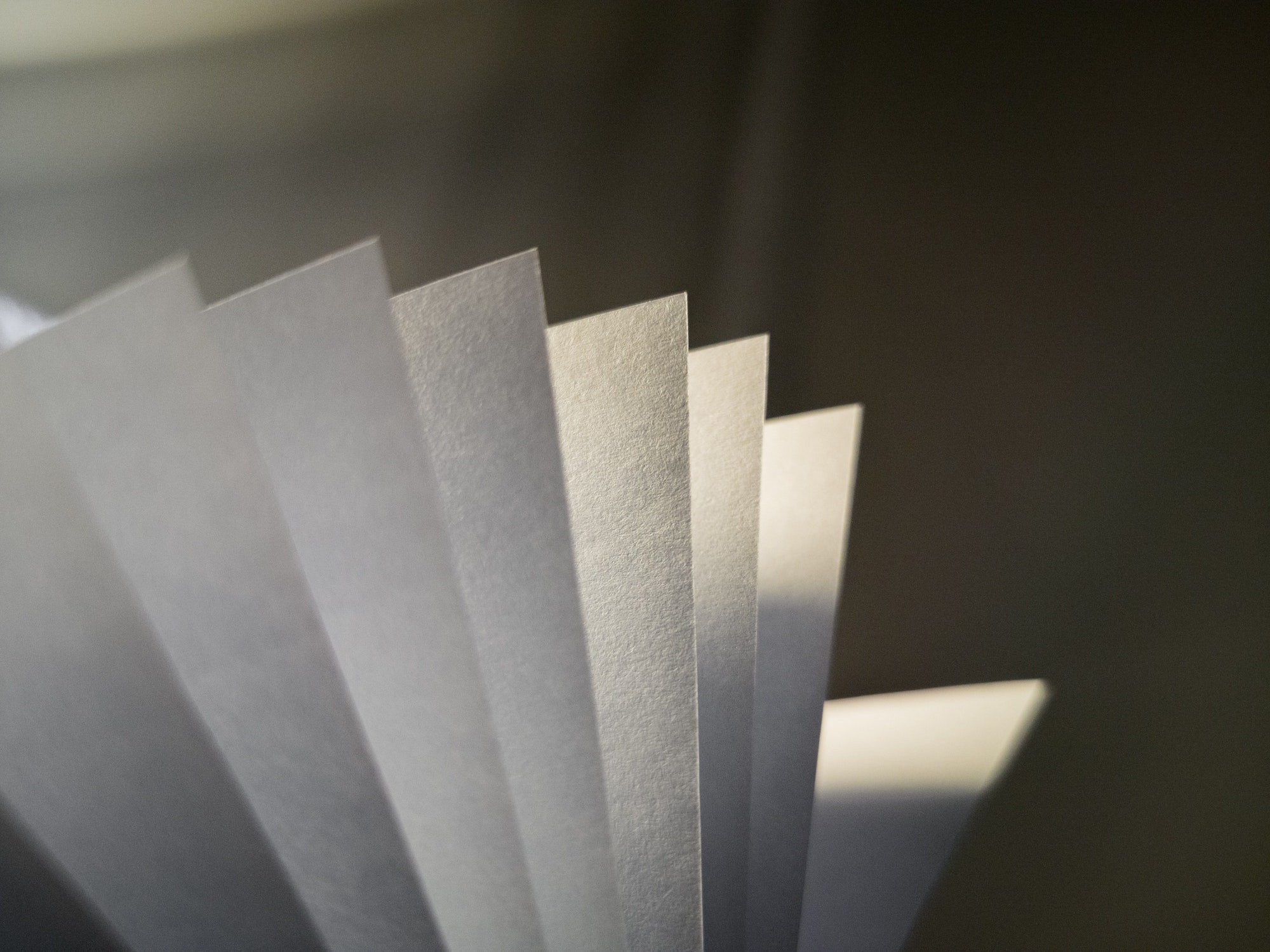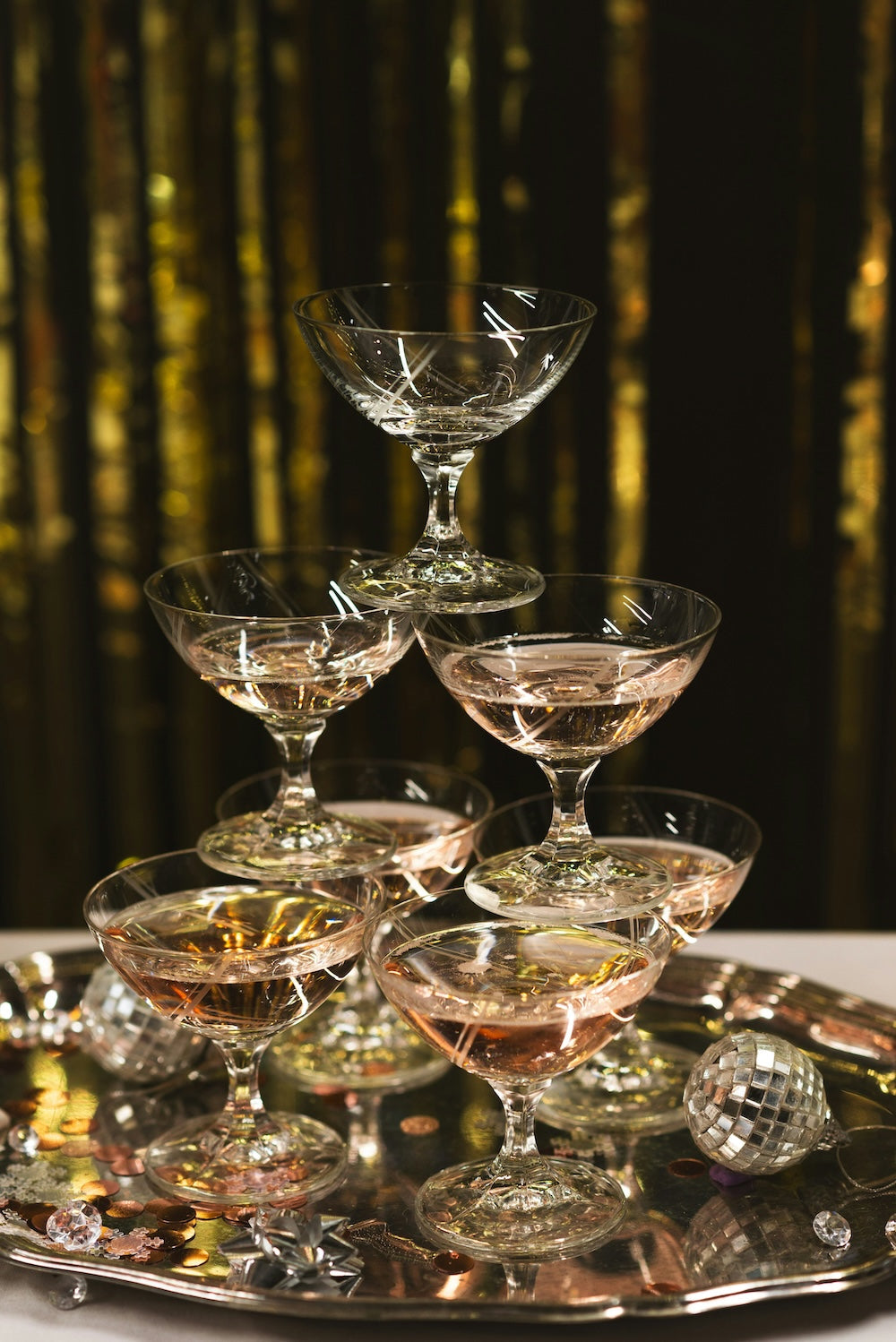labeling sex.

A brief history of defining orientations.
“The human experience is infinite”. Or at least, so concluded the New York Times when they recently asked 5,000 readers about how they define themselves. They found that, in an age of greater acceptance of same-sex relationships, of social media and of more of us staying single for longer, people are defining themselves with myriad terms; we are viewing gender and sexuality not just as a spectrum, but as a vast constellation and language can help us place ourselves within it. They found that today, we have more words to describe who we are and how we love than ever before. But how did we get here?
Below, a quick guide to how labels have changed through the ages.
1800s
A rose is a rose is a rose, right? But people haven’t always been placed in a binary category when it comes to describing gender and sexuality. Once upon a time, a straight person wasn’t even really a “straight” person. The labels “homosexuality” and “heterosexuality” were only invented in the 19th Century (by Austro-Hungarian journalist Károly Mária Kertbeny). Before that, we loved and had sex in all kinds of ways, only who you were hooking up with didn’t quite say so much about who you were. It was more about the action and less about identity. Labels as we know them were a very novel–and Western–idea.
Early 1900s
In some ways, they can be limiting, but the good news is, the meaning of labels changes over time. In 1901 a medical dictionary described heterosexuality as an “abnormal or perverted appetite toward the opposite sex” (given that homosexuality was frowned upon at the time, they weren’t really leaving us with many options). Then, thirty years later it was defined as “normal sexuality”, and today it’s just a simple old attraction to the opposite sex or gender.
1920s
Nearly 50 years before New York City’s Stonewall riots, a thriving gender non-confirming culture existed uptown in Harlem, the Bowery, and across working-class neighborhoods of American cities. Home to drag masquerades attended by self-proclaimed ‘fairies’--gay men that took on female names and personas and donned pieces of women’s clothing. The movement lasted about a decade before being gay was seen as taboo and ‘male sex perverts’. While our normal portrait of the roaring 20s is that of speakeasies and flappers, the LGBTQ scene at this time was far from being on the fringes on society.
1980s
During the 20th century, other labels drastically shifted meaning too; “queer” was reclaimed in the 80s from a negative label to an empowering one when the radical New York activist group Queer Nation chose it as their name. What could possibly irritate your enemies more than wearing their best insult as a badge of honor?
2000s
More recently, “slut” has been transformed by sex-positive feminists into a political movement (see Slutwalk), and GLAAD has advised that “homosexual” just sounded too… weirdly... clinical. The internet has only accelerated the number of labels we use. People can be not just gay, lesbian or bisexual, but asexual, demisexual, or pansexual (the list goes on). These terms became popular during the 2000s on sites like LiveJournal and Tumblr, and by 2014, Facebook offered users 71 options for their gender identity, ranging from agender to bigender to two-spirit. Dating app Feeld, say, allows people to choose three labels for their sexual orientation at once, while Tinder is constantly adding more genders.
The Future
So, what does all of this mean for the future of labels? It seems we can’t quite decide whether labels are a help or a hindrance – Vice’s 2030 identity report found that Gen Z seems pretty split on the issue: 55% said identity labels increase empathy for others, but 47% said they create unnecessary barriers in conversation. Four out of ten said that, over the next ten years, gender and sexuality will become less important, meaning the jury’s out on whether, in the future, we’ll have even more labels to choose from, or less of a need for them all together.

